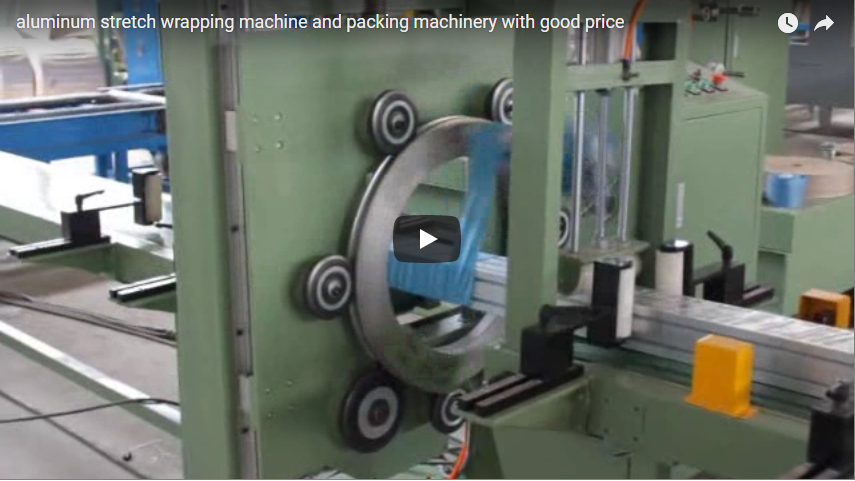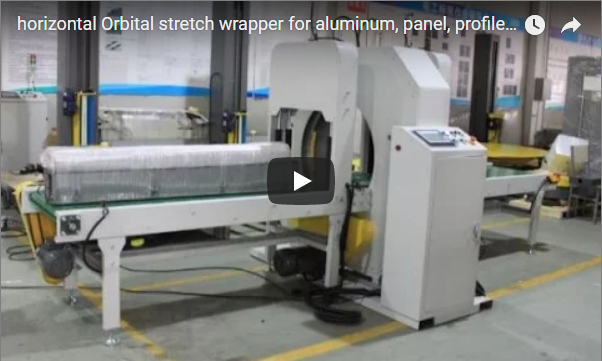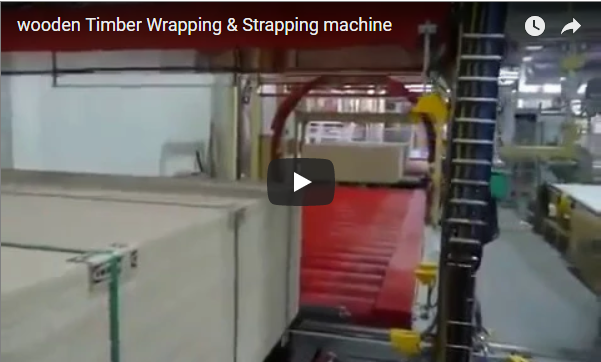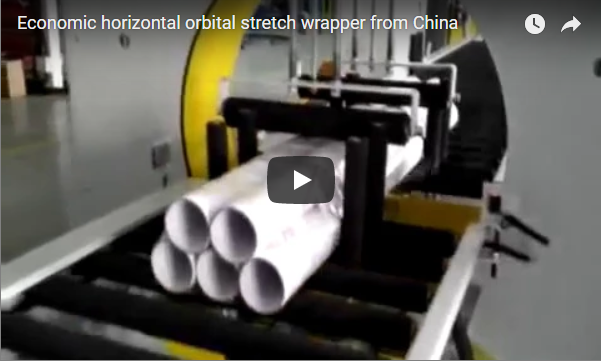Understanding Automated Stacking and Shrink Packing for Panels and Boards
Automated stacking and shrink packing lines represent a critical component in the efficient handling and packaging of large, often unwieldy, panel and board materials common in industries like furniture manufacturing, construction, and woodworking. These integrated systems streamline operations, reduce manual labor requirements, enhance product protection, and improve overall throughput. This technical overview explores the process, key components, and operational considerations of such machinery.
1. Core Functionality: From Infeed to Packaged Stack
The primary objective of a panel and board shrink packing machine is to receive individual panels or boards, arrange them into stable stacks of predetermined quantities, and securely wrap the entire stack in shrink film. This process typically involves several automated stages:
- Infeed: Panels are fed into the system, often via roller or belt conveyors. Sensors detect the incoming product to initiate the cycle.
- Stacking: An automated mechanism arranges the panels into a neat stack.
- Transfer: The completed stack is moved to the wrapping station.
- Wrapping: Shrink film is applied around the stack.
- Sealing: The film is sealed to create a continuous covering.
- Shrinking: The wrapped stack passes through a heat tunnel, causing the film to shrink tightly around the load.
- Outfeed: The finished, tightly wrapped stack exits the machine, ready for storage or shipment.
2. Automated Stacking Methods: Precision and Care
The method used for stacking panels is crucial for maintaining product integrity and ensuring stack stability. Common techniques employed in these machines include:
- Conveyorized Stacking: Panels accumulate on a section of conveyor, often with pneumatic pushers or guides ensuring proper alignment before lifting or lowering to form the stack.
- Robotic Stacking: Industrial robots equipped with specialized grippers offer high flexibility in handling various panel sizes and stacking patterns. This is advantageous for complex sequences or delicate surfaces.
- Vacuum Suction Stacking: Particularly effective for smooth, flat surfaces like laminated boards or melamine panels. Vacuum cups lift panels from the top, minimizing the risk of surface scratches or damage during handling. Programmable logic controllers (PLCs) manage the vacuum pressure and lifting sequence precisely.
- Mechanical Gripper/Arm Stacking: Robust mechanical arms or clamps grip panels from the sides or use forks from underneath. This method is suitable for heavier or more robust panel types.
The choice of stacking method depends heavily on factors like panel material, surface sensitivity, weight, dimensions, required cycle time, and desired stack configuration. Proper alignment and controlled placement are paramount in all methods.
3. The Shrink Wrapping Process: Sealing and Securing
Once a stack is formed and transferred, it enters the shrink wrapping module:
- Film Application: A roll of shrink film (commonly polyethylene - PE) is positioned automatically. The machine dispenses the correct amount of film to envelop the stack. This can be done via L-bar sealers (sealing two sides) or side-seal systems (for continuous wrapping).
- Sealing: Heated wires, bars, or blades cut and seal the film, enclosing the stack completely. Precise temperature and pressure control are essential for strong, consistent seals without burning the film.
- Heat Tunnel: The loosely wrapped stack moves through a controlled-temperature heat tunnel. Hot air circulates evenly, causing the shrink film to contract and conform tightly to the contours of the stack. Key parameters here are tunnel temperature (typically 150-220°C, depending on film type and thickness) and conveyor speed, which together determine the final tightness and appearance of the wrap.
4. Key Technical Specifications and Considerations
When evaluating or operating such machinery, several technical parameters are critical:
- Panel Dimensions: Minimum and maximum length, width, and thickness the machine can handle.
- Stack Configuration: Maximum stack height and weight capacity.
- Throughput: Machine speed, typically measured in packs per minute or panels per hour.
- Film Type & Gauge: Compatibility with different shrink films (e.g., PE, POF) and thickness ranges (microns/gauge).
- Control System: Typically PLC-based, often with a Human-Machine Interface (HMI) for setup, operation monitoring, and diagnostics.
- Power Requirements: Voltage, phase, and total power consumption (including stacker, wrapper, and heat tunnel).
- Compressed Air: Requirements for pneumatic components (pressure and consumption).
- Footprint: Overall machine dimensions and required floor space.
5. Operational Insights and Experience
- Benefits: Significant reduction in manual handling risks (ergonomics, injuries), consistent package quality, protection against dust, moisture, and handling damage, improved load stability for transport, potentially lower material costs compared to alternatives like crating.
- Challenges: Proper machine setup and calibration are crucial for different panel sizes and film types. Film quality variations can affect sealing and shrinking. Regular maintenance, especially of sealing elements and the heat tunnel's heating elements and airflow systems, is vital for consistent performance. Integration with upstream (e.g., cutting lines) and downstream (e.g., palletizing) equipment requires careful planning.
- Best Practices: Use the correct film type and gauge for the product weight and handling requirements. Regularly check and clean sealing jaws/wires. Monitor heat tunnel temperature and airflow for optimal shrink results. Train operators thoroughly on setup, operation, and basic troubleshooting.
6. Conclusion
Automated panel and board stacking and shrink packing machines are indispensable assets in modern manufacturing and distribution environments dealing with sheet materials. By combining precise stacking mechanisms with reliable shrink wrapping technology, these systems deliver enhanced efficiency, improved product protection, and significant labor savings, contributing directly to operational productivity and profitability. Understanding the underlying processes and technical specifications is key to selecting and effectively utilizing this valuable automation technology.
For related wrapping technologies, explore options like horizontal orbital wrappers, which might be suitable for different product profiles or wrapping needs:
https://www.fhopepack.com/Horizontal_wrapping_machine.html






